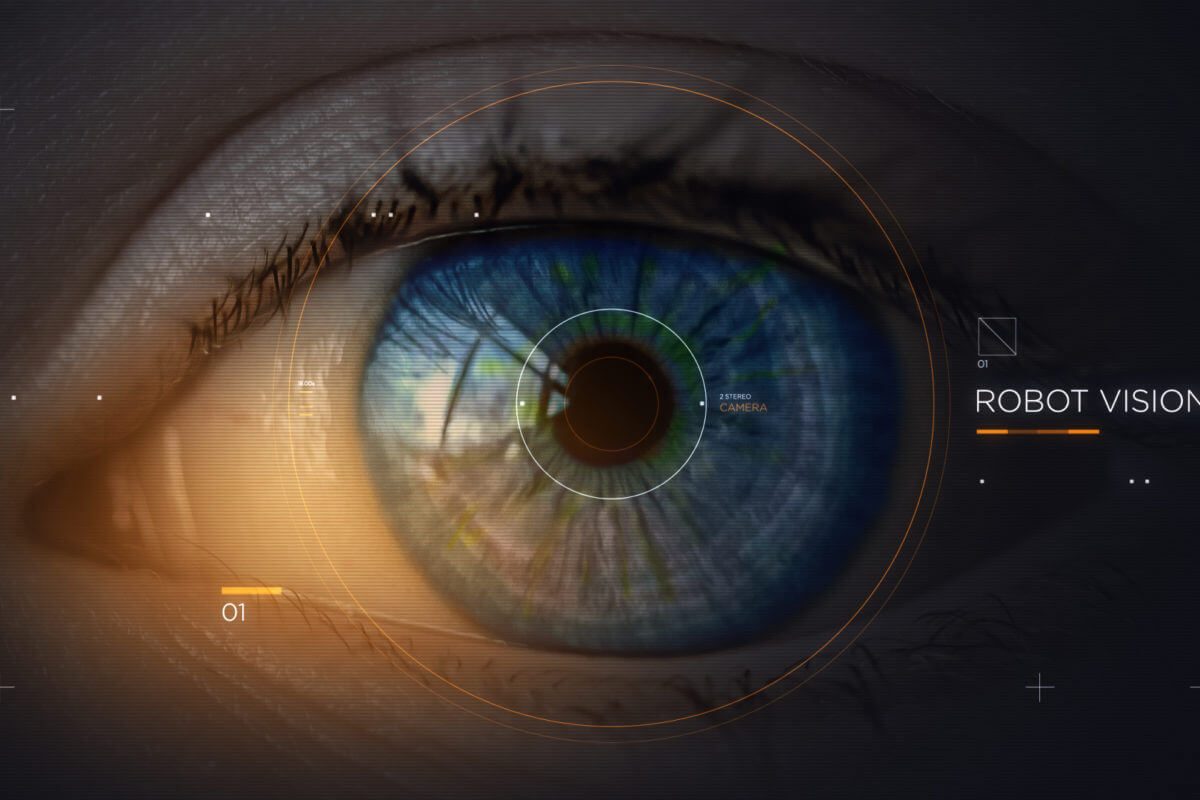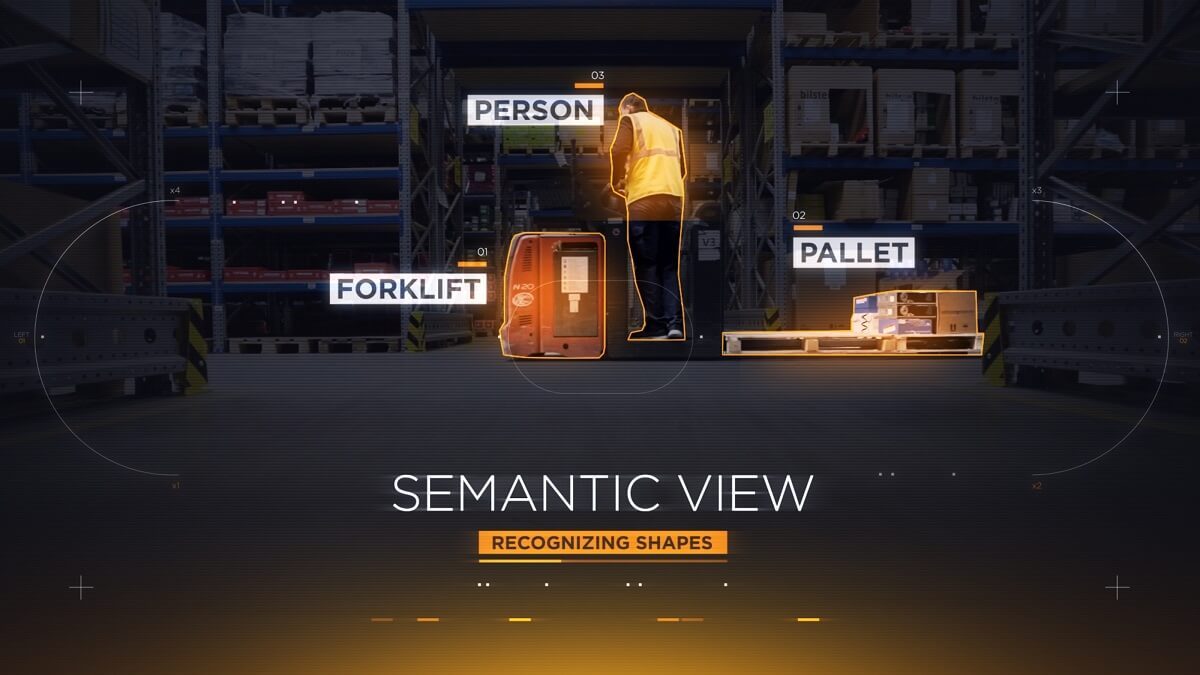- Leading with innovation
- blog
Why vision is better than LiDAR

And why choose Gideon’s Advanced Visual Perception
Gideon is one of the very few companies – only three globally – developing fully autonomous collaborative mobile robots relying on visual perception for navigation and safety.
What is it?
LiDAR
A sensor using light (laser) to perceive its environment.
(LiDAR = Light Detection and Ranging)
Vision
Robot vision is a combination of hardware – including cameras – and software, allowing a machine to perceive the world around it visually.
Visual perception offers clear advantages that translate into a more reliable machine – a more usable machine – in typical logistics and manufacturing facilities.
A typical facility is far removed from a pristine and orderly testing lab or showroom floor; it’s a bustling working environment, with people on foot and forklifts moving around, and continuously shifting goods.
Thanks to Gideon Brothers’ breakthrough technology, our machines are flexible and adaptable to real-life operations, which makes them a useful tool that doesn’t turn into a nuisance when it encounters less-than-ideal conditions.
What can it ‘see’?
LiDAR
LiDAR is a binary sensor: it can detect only the presence or absence of matter. It can only detect if anything is there – and no other information. It is limited by range.
Vision
A visual perception system using a pair of stereoscopic cameras can perceive the world just like human eyes do – 3D and full color. It can also see the background, no matter how far away!
Does it recognize what is around it?
LiDAR
No.
Vision
Yes.Or rather, Gideon Brothers’ Advanced Visual Perception does. It can be trained to recognize the objects using tens of thousands of images (=“datasets”) from its intended working environment. All objects – and persons* – on these images have been marked up (=“annotated“)**. This ability to recognize objects and their context (if they’re moving, for example) is referred to as “semantic understanding.”
* Individual persons can’t be identified.
** Gideon has developed its own “annotating tool” to speed up marking up objects in these training images, and we have a team of skilled associates working on annotation.

Why is the ability to recognize objects important?
-
Navigation***
LiDAR
For LiDAR everything is equally important because it all looks the same: a concrete pillar, racking structures, a parked forklift or a loaded pallet left in the aisle. When the forklift and the pallet move on, this can easily confuse the robot to the point that it proclaims itself lost.
In open spaces without any fixed structures, such as loading docks, navigation becomes an incredible challenge – because the only things it sees continuously move around.
Vision
A vision- and AI-enabled machine can recognize and disregard all objects that are likely to move at some point.
In open spaces without fixed structures, visual perception can rely on background – such as walls and other fixed features – that are out of range for LiDAR.
*** An autonomous robot uses its “simultaneous localization and mapping” (a.k.a. SLAM) capabilities to constantly update its map and its location on it.
-
Safety
LiDAR
For LiDAR, everything is equally important because it all looks the same – it can’t differentiate.
Vision
Gideon Brothers’ robots can recognize people and further adjust their actions in socially-aware navigation.
-
Value-added use-cases
LiDAR
N/A
Vision
Gideon Brothers’ robots can be trained to recognize all sorts of objects allowing client-specific inventory or security-related functionalities.
Can it perceive all obstacles?
LiDAR
No.
LiDAR senses only obstacles that appear in its plane of perception – a thin horizontal “layer” around the machine at the height of around 20 cm above the floor. This blindness is a serious, even a disqualifying shortcoming because the robot can’t detect obstacles under its plane of perception, such as forklift forks in their lowermost position****.
Vision
Yes, Gideon Brothers’ Advanced Visual Perception does.
It sees forklift forks in their lowermost position**** and other low-lying obstacles.
**** This is a very common obstacle in warehouses because an empty forklift must have its forks in the lower-most position for safety reasons.